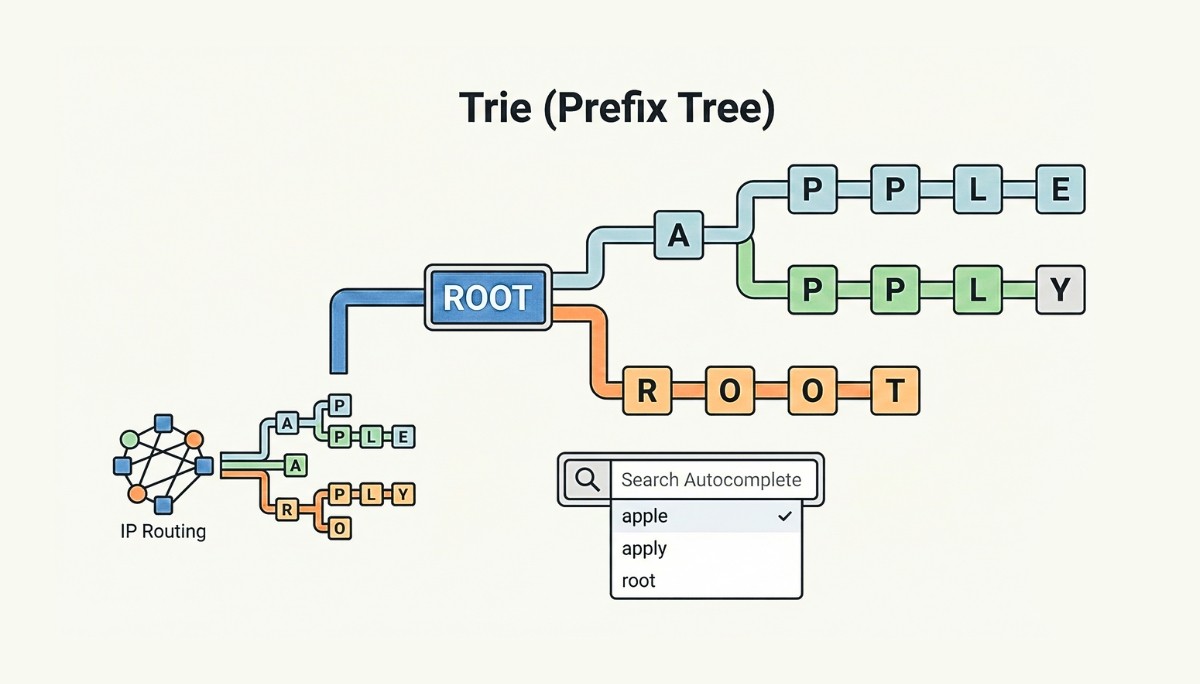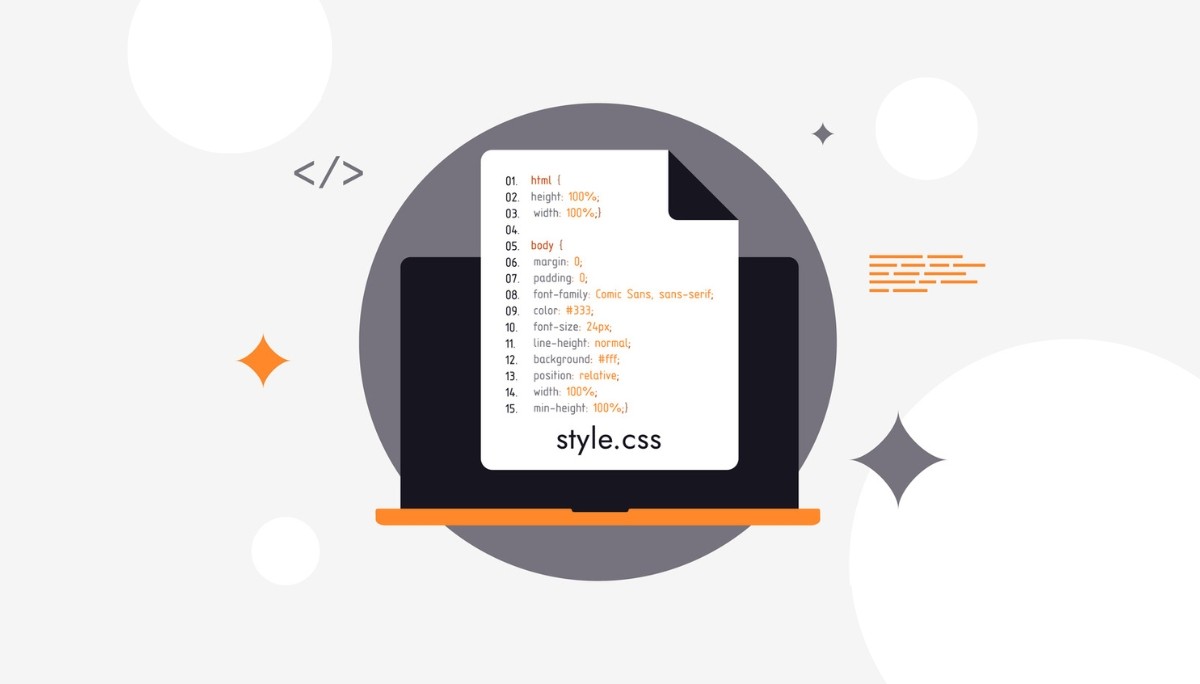Python Coding Practices: A Complete Style Guide for Clean Code
By
Liz Fujiwara
•
Sep 25, 2025
Mastering Python coding practices is essential for writing code that is not only functional but also clean, readable, and maintainable. Whether you’re a beginner or an experienced developer, following best practices ensures that your code is efficient, scalable, and easy for others to understand. This guide will walk you through practical tips and guidelines covering a wide range of topics, including naming conventions, proper use of data structures, efficient list operations, code organization, and adherence to PEP 8 standards. By implementing these practices, you’ll improve both the quality of your code and your productivity as a Python developer.
Key Takeaways
Readability is a core principle of Python, and adhering to PEP 8 guidelines enhances code clarity and maintainability.
Consistent naming conventions, organized code layout, and proper use of whitespace all contribute to more readable code.
Additionally, using docstrings and comments effectively ensures that your code is understandable to others and easier to maintain over time.
Write Readable Code

Readability is the essence of Python code. It distinguishes code that is easy to maintain and collaborate on from code that is convoluted and difficult to understand. Improving code readability is crucial, as code is often read and reviewed far more frequently than it is written. Following coding conventions is not merely a matter of style; it enhances readability, making it easier for others to understand and work with your code.
Python’s design philosophy emphasizes readability as a core feature, ensuring that code is clean and professional. Adhering to PEP 8 guidelines significantly improves the quality and readability of your Python code. Naming conventions, code layout, and the proper use of whitespace all contribute to writing readable code and help you code effectively.
Naming Conventions
Naming conventions are the backbone of readable code. Clear and descriptive names for functions, variables, and classes convey the purpose of each element, making code easier to understand. In Python, the convention is to use lowercase letters with words separated by underscores for function and variable names, while capital letters are used where appropriate, such as for class names.
Function names should clearly reflect their purpose and avoid unclear abbreviations. Similarly, descriptive variable names, including local variables, increase readability and facilitate long-term maintenance. Common mistakes include using single-letter variables, which can be confusing, and failing to indicate non-public elements with a leading underscore.
When naming elements in your code, keep in mind:
Names should be meaningful and reflect the object’s usage rather than its implementation.
Meaningful names improve communication with collaborators.
Consistent and descriptive naming conventions are essential for writing readable code and adhering to Python’s function naming standards.
Code Layout and Blank Lines
Proper code layout is essential for readability in Python. Top-level function and class definitions should be surrounded by two blank lines to clearly separate them from the rest of the code. Within a class, method definitions should be separated by one blank line. These blank lines visually separate different sections of code, improving overall clarity.
Using blank lines and line breaks appropriately makes your code more organized and easier to read. For example, separating different logical sections of code with a single blank line helps the reader understand the program's structure and flow. This practice is not just about aesthetics; it enhances accessibility and maintainability, especially when considering the placement of function definitions and separate code blocks.
A consistent code layout keeps your code professional and easier to follow. Consistency is vital for collaboration, as it allows other developers to quickly understand and work with your code. Following these guidelines ensures your code is functional and easy to read.
Whitespace in Expressions and Statements
Whitespace is crucial for maintaining readability and preventing confusion. Using whitespace consistently around operators and within expressions makes code clear and easy to follow. Proper spacing avoids code that is too dense or too sparse, striking a balance that enhances readability while avoiding trailing whitespace issues.
It is acceptable to break lines before or after a binary operator in Python, as long as the convention is applied consistently. However, breaking lines after binary operators can reduce readability and confuse the reader. Therefore, it is generally recommended to break lines before binary operators for better clarity.
PEP 8 discourages inconsistent whitespace around operators, as it makes code harder to read. Excessive whitespace can separate related terms visually, while insufficient whitespace can make code appear cluttered. Effective use of whitespace significantly improves both the readability and maintainability of your code.
Function Definitions and Arguments
Effective function definitions are the cornerstone of organized and readable code. Functions should be concise, performing a single task to maintain clarity and focus. Using docstrings is essential to document a function’s purpose, making it easier for others to understand its functionality.
Proper handling of function arguments is crucial for code flexibility and maintainability. Descriptive parameter names and well-documented functions significantly improve readability.
Function Definition and Body
Function naming and design guidelines:
Function names should generally start with a verb to indicate their action.
A function should ideally perform a single task to maintain clarity and focus.
Using descriptive parameter names improves understanding of what data a function requires.
Docstrings provide clear documentation for functions, classes, and modules, helping users understand their purpose and usage. PEP 257 outlines conventions for writing docstrings, including one-line summaries and detailed descriptions.
Concise and well-documented functions are easier to maintain and debug. Following these principles ensures function definitions are both functional and easy to read.
Function Arguments
There are four ways to pass arguments to functions in Python:
Positional arguments
Keyword arguments
Default values
Varargs
Using both positional and keyword arguments allows flexible function calls, enabling the specification of arguments in any order. Optional arguments make functions more versatile, while keyword arguments improve clarity when switching argument order.
Proper handling of function arguments improves readability, flexibility, and maintainability. Keyword arguments and default values make functions easier to use and understand, especially in larger projects where functions may need to handle a variety of inputs. Following these guidelines ensures that function arguments enhance code clarity and versatility.
Consistent Indentation
Indentation is a fundamental aspect of Python syntax, and consistent indentation is essential for readability and preventing syntax errors. Key points include:
Using four spaces per indentation level is the preferred method in Python.
Mixing tabs and spaces can lead to inconsistencies in code appearance.
Mixing tabs and spaces can also cause errors.
Consistent indentation enhances the readability of Python code, making it easier to understand and maintain.
Indentation Rules
The preferred method of indentation in Python is to use spaces. Key points include:
Tabs should only be used for consistency with existing code.
In all other cases, spaces should be used.
Mixing tabs and spaces is not allowed in Python and will lead to errors in Python 3.
Using a consistent number of spaces for indentations is essential to avoid syntax errors. Four spaces per indentation level is standard.
Following these style rules ensures a consistent indentation style that enhances readability and maintainability.
Indentation Following Line Breaks
Guidelines for line continuation:
Continuation lines should be aligned vertically or horizontally for clarity.
Prefer implied continuation (inside parentheses, brackets, or braces) instead of backslashes.
For statements exceeding 79 characters, use implied continuation or backslashes to break lines, ensuring readability.
When breaking lines around binary operators, break before the operator for improved clarity.
A hanging indent is defined as indenting every line except the first one in a statement.
Proper indentation following line breaks is crucial for maintaining code readability.
Use of Comments

Comments are essential for improving code readability and ensuring that others, or future you, can understand the intentions behind your code. Python supports two main types of comments: inline comments and block comments. Inline comments are brief explanations on the same line as a code statement, while block comments provide more detailed explanations above a section of code.
It is important to write comments that are up to date and add value, avoiding unnecessary or redundant comments. Effective commenting practices increase code maintainability and help prevent misunderstandings about code functionality.
Inline Comments and Block Comments
Block comments are used to document sections of code that perform a single action, while inline comments explain specific lines or statements. Block comments should use complete sentences wrapped at 79 characters or less to maintain readability.
Inline comments should be placed on the same line as the code they describe, separated by two spaces, and focus on explaining the purpose of that specific statement. Using inline comments sparingly, along with clear block comments, increases code readability and maintainability, ensuring that others can easily understand your intentions.
Documentation Strings
Docstrings are used to document specific blocks of code, including:
Public modules
Functions
Classes
Methods
You can access the docstring of an object using its __doc__ attribute or the help() function. Writing docstrings for functions and classes improves code readability and helps other developers understand the purpose and usage of your code. Maintaining a consistent style for docstrings ensures your code is well-documented and easy to understand. Properly documented code is easier to maintain and debug, making it more accessible and easier to work with.
Efficient List Operations
Efficient list operations are essential for optimizing performance and improving code clarity in Python. Using built-in list methods can significantly streamline list manipulation tasks.
List Comprehensions and Generator Expressions
List comprehensions provide a concise and fast way to create new lists from existing iterables. They are ideal for generating new lists rather than modifying existing ones.
Generator expressions are memory-efficient because they yield items one at a time instead of storing the entire list in memory. Using list comprehensions and generator expressions allows you to write more efficient, readable, and concise Python code, improving both performance and clarity.
Modifying Lists Safely
The enumerate() function is useful for keeping track of indices while iterating over a list. It is preferred over manual counting for better readability and optimization with iterators.
Avoid making multiple passes through a list to improve performance. When removing items from a list, do not modify it while iterating, as this can lead to unexpected behavior. Modifying the original list can also affect other variables that reference it.
Handling Files and Resources
Proper management of files and other resources is essential in Python to prevent resource leaks and maintain efficiency. Using context managers is recommended to ensure that files and other resources are properly handled and closed after use.
Reading from a File
Using the with open context manager simplifies file handling and guarantees that files are closed properly after operations. This eliminates the need to explicitly close files, preventing resource leaks.
The readlines() method can read all lines from a file and return them as a list. For improved efficiency, it is better to iterate directly over the file object to read a file line by line. Following these practices ensures clean and efficient file operations.
Managing Sockets and Other Stateful Resources
Context managers can also manage the lifecycle of sockets and other stateful resources. Using context managers for sockets ensures they are automatically closed, even if an exception occurs.
The contextlib.closing function provides a safe way to manage stateful resources, guaranteeing that they are properly closed. Implementing context managers with sockets and other resources prevents leaks and ensures that resources are released appropriately.
PEP 8 Compliance

Overview of PEP 8
PEP 8 provides guidelines for writing Python code that enhance both readability and consistency. The primary goal of a style guide is to promote consistency, which is especially important within a single module. PEP 8 recommends using implied line continuation instead of backslashes whenever possible for breaking long lines. The guide evolves over time to accommodate new coding conventions as programming practices change. Following PEP 8 ensures your code adheres to best practices for readability and maintainability.
Tools for PEP 8 Compliance
Several tools help developers automatically check and format code to meet PEP 8 standards:
flake8: checks code style
black: formats code automatically
autopep8: refactors code to conform to PEP 8
Ruff: lints and fixes style violations in code
Using these tools helps maintain consistent coding standards, keeping your code clean and professional. They save time and effort, allowing you to focus on writing high-quality methods and functions.
Zen of Python

The Zen of Python, authored by Tim Peters, consists of 19 aphorisms that encapsulate guiding principles for Python’s design. Key principles include “Readability counts” and “There should be one and preferably only one obvious way to do it.” Adhering to these principles promotes the creation of clean and maintainable code.
Key Principles
A guiding principle of Python coding is that there should be one and preferably only one obvious way to do something. Code that follows these principles is called idiomatic Python or Pythonic code. One key principle emphasizes that simplicity is preferred over complexity when designing solutions. Practicality is often favored over purity, meaning workable solutions may take precedence over idealistic approaches. Following these principles ensures your code is functional, elegant, and easy to maintain.
Applying the Zen of Python
The Zen of Python, introduced in PEP 20, provides guiding principles for writing clean and maintainable code. “Readability counts” emphasizes that clear code is more important than clever code, while “There should be one and preferably only one obvious way to do it” promotes simplicity in design. Applying these principles in practical coding scenarios ensures that your code remains clean, readable, and maintainable. Following the Zen of Python helps you create code that is effective and enjoyable to work with.
Summary
In this comprehensive guide, we explored best practices for writing clean and readable Python code. From the importance of readability and naming conventions to the use of whitespace and comments, each aspect plays a crucial role in improving code quality. Effective function definitions and argument handling, consistent indentation, and efficient list operations further contribute to maintainable and understandable code.
By adhering to these best practices, you can elevate the quality of your Python code, making it easier to maintain and collaborate on. Whether you are working on a small project or a large codebase, these principles will help you write code that is functional and a joy to work with.
Remember, readability counts, and there should be one and preferably only one obvious way to do it. Keep these principles in mind as you write code, and you will create clean, maintainable, and efficient Python programs.




